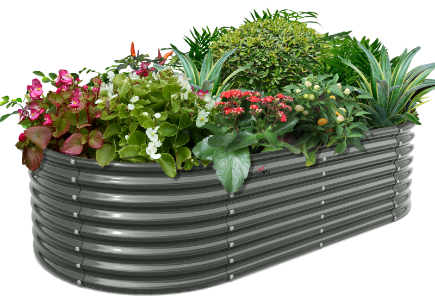When it comes to cultivating marshmallow white plants, one of the key factors that significantly impacts their growth and development is the soil conditions in which they are planted. Understanding the optimal soil requirements for marshmallow white plants is crucial for ensuring a successful harvest. In this article, we will delve into the best soil conditions for marshmallow white planting and explore how you can create the perfect environment for these delicate plants to thrive.

Understanding the Soil pH Levels
The pH level of the soil plays a vital role in determining the overall health and growth of marshmallow white plants. These plants thrive in slightly acidic to neutral soil with a pH range of 6.0 to 7.0. It is essential to test the pH of your soil before planting marshmallow white to ensure that it falls within the optimal range. If the soil is too acidic, you can add lime to raise the pH level gradually. Conversely, if the soil is too alkaline, you can amend it with sulfur to lower the pH.
Providing Adequate Drainage
Marshmallow white plants prefer well-draining soil that allows excess water to flow away from the roots. Poor drainage can lead to waterlogged soil, which can cause root rot and other diseases. To improve drainage, consider incorporating organic matter such as compost or peat moss into the soil. These materials help loosen compacted soil and enhance its ability to drain effectively, creating a healthier environment for marshmallow white plants to grow.
Optimizing Nutrient Levels
Marshmallow white plants require a balanced supply of nutrients to support their growth and development. Essential nutrients such as nitrogen, phosphorus, and potassium are crucial for ensuring healthy foliage, robust root systems, and vibrant flowers. Conduct a soil test to determine the nutrient levels in your soil and amend it accordingly with organic fertilizers or compost. Regularly feeding marshmallow white plants with a balanced fertilizer will help maintain optimal nutrient levels and promote vigorous growth.
Choosing the Right Soil Texture
The texture of the soil also plays a significant role in the success of marshmallow white planting. These plants thrive in loamy soil, which is a well-balanced combination of sand, silt, and clay. Loamy soil provides excellent drainage, retains moisture effectively, and offers a stable structure for root development. If your soil is too sandy, you can incorporate organic matter to improve its water-holding capacity. Conversely, if the soil is too clayey, adding sand and compost can help enhance drainage and aeration.
Exploring the best soil conditions for marshmallow white planting is essential for creating a conducive environment for these delicate plants to flourish. By understanding the importance of soil pH levels, drainage, nutrient levels, and soil texture, you can optimize the growing conditions for marshmallow white plants and enjoy a bountiful harvest of beautiful flowers. Remember to regularly monitor the soil conditions and make necessary adjustments to ensure the continued health and vitality of your marshmallow white plants.








